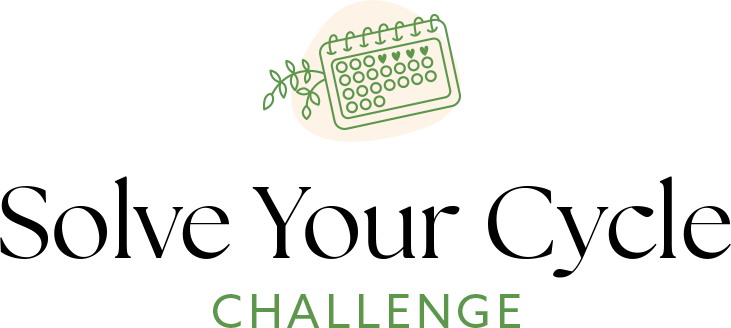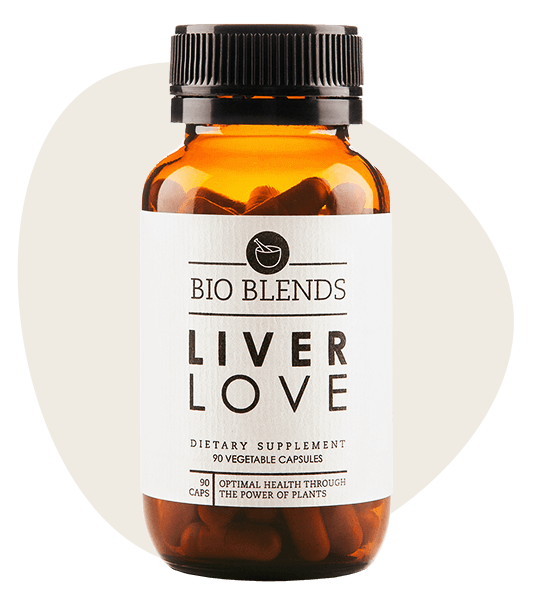Hormonal imbalances come in many different forms. A very common one involves not enough progesterone and too much estrogen. To help combat this, there are two key components: promoting ovulation to foster good progesterone production and preventing excess estrogen. Here’s a summary of a few of the key ways to promote balance between these two essential substances.
Promoting ovulation

Make sure your hypothalamus perceives safety
There’s a region in your brain, called the hypothalamus, where your nervous system and your endocrine (hormonal) system meet. Your hypothalamus asks the question 24/7 ‘am I safe?’ and when it ‘sees’ high circulating levels of stress hormones (likely from caffeine, perceptions of pressure and urgency or consciously or unconsciously worrying what others think of you), the answer is ‘no’ and it lets your pituitary gland know this.
The pituitary is the gland that communicates with all of the other endocrine glands like your thyroid, adrenals and ovaries. She sends the signals that instruct ovulation — and remember ovulation drives progesterone production. Your body links progesterone to fertility (because we make the bulk of it after an egg has been released), and if your body’s perception is that your life is in danger (which is what stress hormones communicate), the least desirable thing is conception.
So, ovulation may not occur (you can still get your period in a month when you haven’t ovulated). Or you might ovulate, but progesterone production is poorer than it would be if you had more time with lower levels of circulating stress hormones. Plus, the production of progesterone in your adrenal glands can be downregulated while prioritising the production of your stress hormones.
Mostly, in the modern world, our stress hormone production comes from our lifestyle choices, beliefs and perceptions of pressure and urgency. When your pituitary gland scans your body looking for safety or danger, you want it to perceive safety.
TIPS: Keep your caffeine consumption to a minimum, focus on diaphragmatic breathing as much as possible and explore how your perceptions and beliefs may be communicating to your body that it is in danger. Take steps to communicate the truth to your body, which is that you are relatively safe – which is why consistent low slow, nose breathing can have such a powerful impact on biochemistry, including progesterone production.
Ensure your body is getting what it needs to create progesterone
There are specific nutrients that your body needs to build progesterone. Zinc, selenium, magnesium, vitamin B6, iodine, vitamin D and the essential fatty acids are all essential building blocks of this hormone. Yet, these nutrients are also used for other biochemical processes in the body (some of them, like zinc, for a whole lot!) so you need to ensure they are in abundance or your reproductive hormones – which are not ‘essential’ to your survival – may drop off the priority list. Ideally, you would get these from your food, though some nutrients are difficult to obtain in sufficient amounts from what we eat and may need to be supplemented.
Food sources to include:
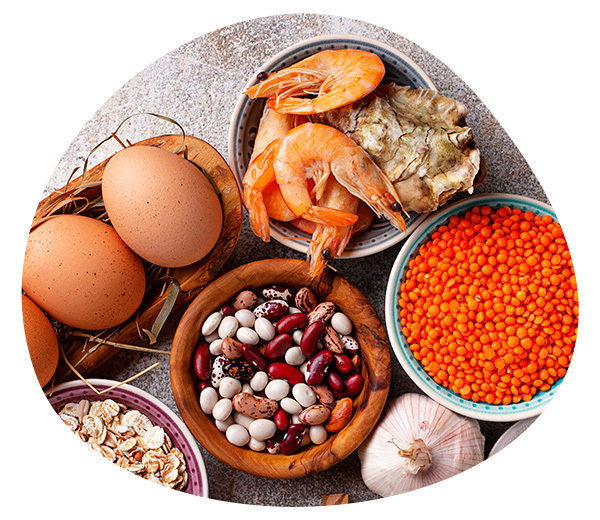
Zinc – oysters from clean waters and grass-fed red meats are the richest sources, and there’s a smaller amount in eggs, sunflower and pumpkin seeds. Our body requires zinc for over 300 biochemical processes, so this is a nutrient that many people need to supplement.
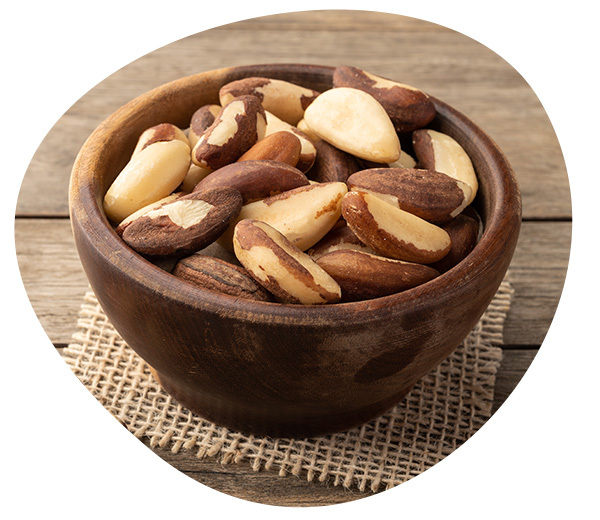
Selenium – by far the best source of selenium is Brazil nuts and consuming two to six per day will usually give you the selenium you need. We suggest including a few Brazil nuts each day through this challenge to complement the herbs in Cycle Essentials.
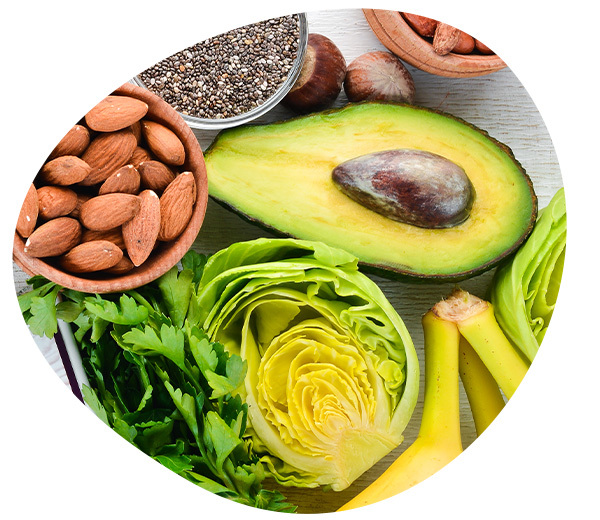
Magnesium – leafy green vegetables, tahini, seeds, nut butter (such as almond or cashew butter), nuts, seaweed, raw cacao.
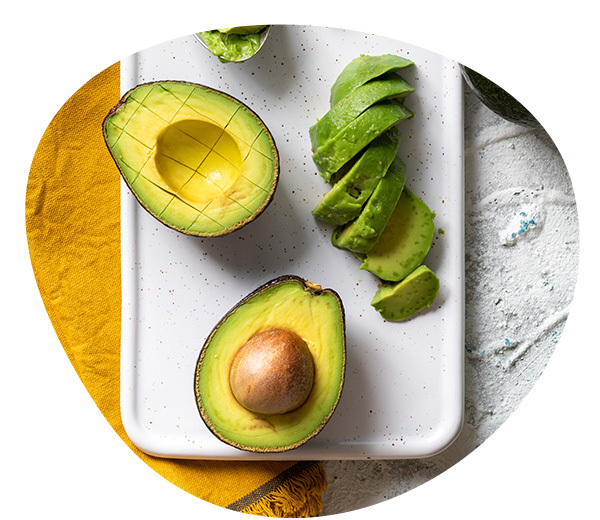
Vitamin B6 – bananas, avocados, hazelnuts and walnuts.
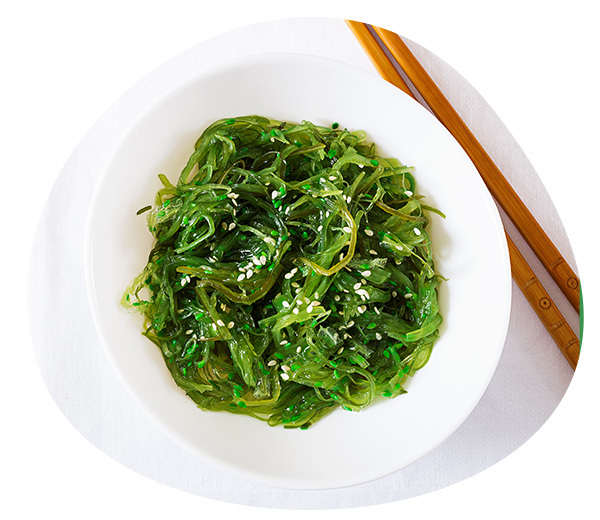
Iodine – some salt (look for iodine fortified sea salt), seaweeds. You’re also getting iodine from Cycle Essentials right now!
Reduce inflammatory markers
Inflammatory processes can trigger the body’s stress response, which, coupled with our perceptions can, over time, lead to increased production of the stress hormone cortisol. The body uses the same building blocks (cholesterol) to make both cortisol and progesterone and it will typically prioritise cortisol over progesterone production to manage stress (remember, survival first, ovulation a long way down the list). Inflammation can also impact the sensitivity of progesterone receptors.
This means that even if progesterone levels are healthy, its effectiveness might be reduced because the receptors that bind this hormone, allowing it to exert its beneficial effects, are affected by inflammatory processes. Inflammation is driven by the perception of stress, genuine stress, as well as through our dietary and other lifestyle choices. Minimise ultra-processed foods and deep-fried foods and focus on consuming as many whole, real foods as possible. Vegetables contain many fantastic natural anti-inflammatories! Basically, eat food, not junk.
Regulate your blood glucose
When your blood sugar elevates, your body has to produce insulin to deal with the spike. In the right amount, this is healthy and allows the food you eat to be converted into energy. However, in excess it can lead to insulin resistance (constantly elevated blood insulin levels). Insulin resistance disrupts the actions of other important hormones including your sex hormones, and compromising the delicate balance of these tiny substances can have a significant impact. This means that poorly regulated blood sugar and elevated insulin can be behind symptoms associated with your monthly cycle or even make them worse. Insulin resistance can contribute to an excess of androgens (testosterone is an androgen), for example. We want to aim for even gentle, undulations rather than spikes, which stems from what we put on our plate.
TIPS: Focus on eating mostly whole real foods, include (as a rough guide) about 25 grams of protein per main meal (which is the equivalent of three eggs, 100 grams of meat or fish, or 260 grams of lentils), avoid snacking, eat dinner as early as possible, make water your main drink and minimise ultra-processed foods. While it can help to focus on eating regularly (e.g. three satiating meals per day), simply eating more regular meals isn’t going to address the underlying blood sugar and/or insulin issues if food choice quality is poor. Try eating protein with each meal and include a source of whole food fat such as avocado, coconut, nuts or oily fish as well. Obtain your carbohydrates from real food – root vegetables, for example – rather than refined packaged ‘foods’, avoid eating carbohydrate-rich foods on their own, and keep caffeine intake to a minimum. See what makes a difference to your blood glucose patterns.
Prioritise sleep
In the same way that we feel our ability to function is impaired when we are tired, so too is our body’s capacity to do the important work it needs to do each day – including the work related to ovulation. We cannot fight our biological requirements, and sleep is an essential component of our health and wellbeing. Adults need between 7-9 hours of quality sleep each night. If sleep is a challenge for you, explore these supportive sleep hygiene habits.
Keeping estrogen levels optimal
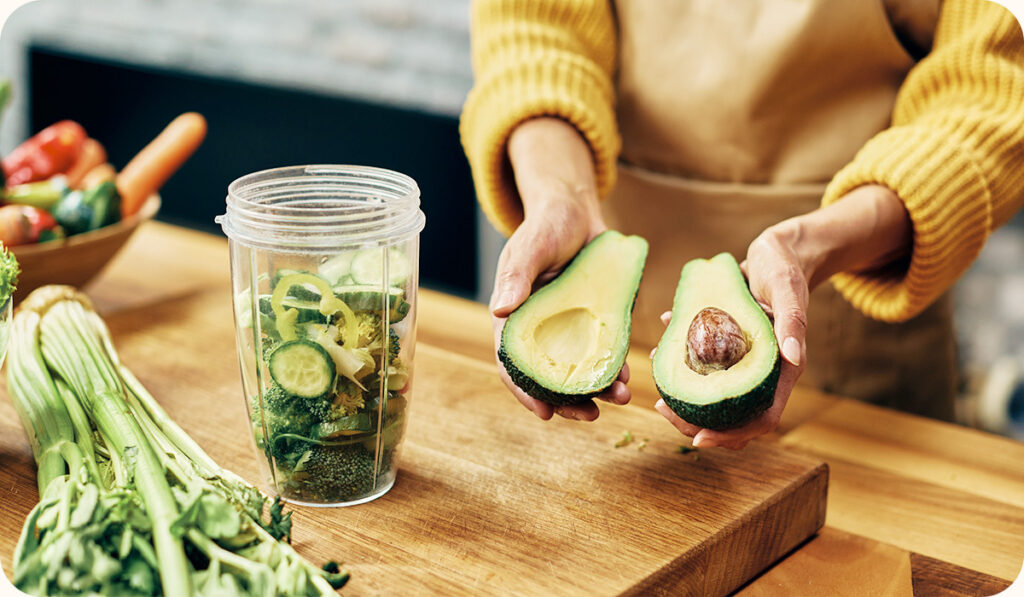
Reduce ‘liver loaders’
There are some substances that require our liver’s attention, that I have lovingly labelled ‘liver loaders’. They include alcohol, trans fats, refined sugars, synthetic substances such as pesticides and preservatives along with other chemicals or additives often found in processed foods as well as conventional skincare and household products. However, it’s not just substances we might consume that ask our liver to detoxify them (change their structure before we can eliminate them) – there are compounds we make inside ourselves that also require detoxification prior to excretion. Estrogen is one of those substances. We need our liver detoxification pathways to be functioning efficiently to ensure our estrogen levels don’t blow out. So, what we consume and put on our skin matters a whole lot as does the quality of what you eat and drink.
Dairy free trial
As explained in the previous email, clinically I have found that for many of my patients, taking a break from dairy has dramatically improved their symptoms and I don’t say that lightly. A dairy free way of eating is more likely to be beneficial if you have a history of streptococcus-based illnesses in childhood or adulthood, such as tonsillitis, ear infections, croup, bronchitis or asthma, eczema, heavy bleeding, painful periods, flooding, PCOS, endometriosis or fibroids. I encourage you to see it as the trial that it is, ideally for a minimum of two menstrual cycles. If you notice a major benefit and want to remain dairy free beyond the duration of this Challenge, it would be wise to see a nutrition professional to make sure you are obtaining all of the nutrients you would get from dairy that are still essential for you to obtain from other sources.
Focus on eating whole real foods
There’s no such thing as junk food. There’s just junk and there’s food. As a species, all we’ve ever eaten as humans — up until the very recent past — is food. Not the junk that has infiltrated our every day lives. If we only ate it at birthday parties, it would be far less likely to have the detrimental effects its having when we eat it daily, day after day, year after year. So do your best to eat food, not junk.
By eating in a way that prioritises whole, real foods you’re not just providing your body with the nutrients it needs to thrive, you’re also naturally consuming less of the problematic substances that add to its load. Food can be incredibly confusing as there are often many conflicting nutritional messages. A good way to cut through it is to ask yourself the question ‘will this nourish me?’ and if you are asking this question about a food, the answer if likely yes, whereas if it’s junk, it’s more likely no. Let the answer guide your choices so that you are predominantly supporting your nourishment.
Focus on eating whole real foods
The gut microbiome includes a collection of bacteria known as the estrobolome, which contribute to what is referred to as phase 3 estrogen detoxification. Some bacteria produce an enzyme called beta-glucuronidase, which promotes the recycling of estrogen – not something you want, as this can result in higher levels of circulating estrogen. Remember too, that the liver does the phase 1 and phase 2 estrogen detoxification work prior to it being delivered to the estrobolome, with all three stages crucial to estrogen’s preparation for elimination. However, if liver and/or gut health is compromised, this excretion process can be disrupted leading to estrogen’s reabsorption into the bloodstream. Good gut health starts with what we eat, as what we regularly consume changes which bacteria thrive – yet another reason to eat mostly whole real foods and minimise junk.
Just as important is how we eat. Chew your food well and eat mindfully, undistracted by screens, books or work. Chewing thoroughly is the best way to promote good stomach acid production. You can further support robust digestion by having the juice of half a lemon in warm water or a teaspoon of apple cider vinegar to start your day. Avoid consuming water 30 minutes before or after eating too – drink water between meals, rather than with meals. A mouthful of water to get your Cycle Essentials down with your food is absolutely okay.
Replace conventional personal care products with natural and organic ones
A recent pilot study* conducted by Insitugen and developed at the University of Otago tested Organic Initiative (Oi) tampons for chemical leaching, specifically, whether they release endocrine-disrupting chemicals (EDCs) linked to ovarian and breast cancer. The study, commissioned by Organic Initiative (Oi), found Oi tampons were at no risk of leaching EDCs, and they contained no xenoestrogenic activity. Plastics can contain xenoestrogens, a substance that can mimic estrogen inside the body. Elevated xenoestrogen exposure can increase the risks of many endocrine-related diseases, including endometriosis, polycystic ovarian syndrome, and breast and ovarian cancers that are hormone dependent. Read more about this study here.
Be mindful about what you put on your skin and inside of you to reduce the hormone-mimicking xenoestrogens. In particular avoid parabens, BHA, BHT, SLES, phthalates, PEGs and DEA. This doesn’t mean you have to throw everything out, simply slowly replace what you’re currently using with natural and/or organic alternative once you finish them.
Ensure good iron and zinc levels
Iron, zinc and numerous other nutrients are critical to the optimal functioning of your detoxification pathways and thus plays a significant role in your body’s ability to metabolise estrogen. We mostly obtain iron through red meat, eggs, mussels, sardines, lentils, dates and green leafy vegetables. That said, iron deficiency is the most common nutrient deficiency worldwide – particularly for menstruating females and supplementation is usually required if you find out through blood tests that you are deficient. Same goes for zinc (best food sources listed above).
Your liver plays a powerful role in how you look and feel each day and also in how you experience your cycle. Liver Love and Cycle Essentials are a powerful combination to support your cycle health.
When formulating Bio Blends Liver Love, based on nearly three decades of clinical experience, Dr Libby chose five potent foods and herbs that are known to support liver cell health and energy.
